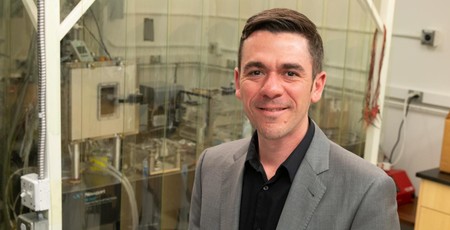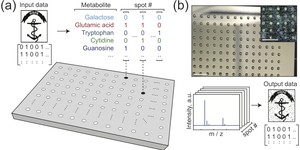Researchers harvest waste heat to boost battery life
July 11, 2019 | 11:00
Companies: #university-of-utah

Researchers at the University of Utah claim to have found a way to exceed the black body limit and produce useful amounts of electricity from waste heat from components as small as a smartphone processor - potentially boosting battery life by up to 50 percent.
Computers are, simplifying things somewhat, over-complicated space heaters: The overwhelming majority of electricity that goes into them comes out again as waste heat, with a vanishingly small percentage becoming the zeroes and ones of computation in the process. Controlling this waste heat is a major problem as computers get more powerful, and various efforts have been made to turn the waste heat into a useful by-product - including reducing the power demands of data centres by using the heat to warm a university heating system.
Researchers at the University of Utah, though, claim they've found a way to convert the waste heat of modern processors into electricity at levels which could actually be useful - potentially improving the battery life of mobile devices by up to 50 percent in the future.
The team, led by Professor Mathieu Francoeur, has developed what it describes as a 'near-field radiative heat transfer device': One side is designated the hot side and the other the cold, and the temperature differential between them generates electricity. Previously, such devices have been limited by the black body limit - a theory which places an upper bound on the thermal emissivity of an ideal material, beyond which it can't be improved - but Professor Francoeur claims to have a solution. 'Nobody can emit more radiation than the black body limit,' he claims, 'but when we go to the nanoscale, you can.'
The team's device is a 5x5mm chip comprised of two silicon wafers separated by a 100nm gap. Placed in a vacuum with one side heated and one side cooled, the team were able to generate more electricity than previous designs thanks to the uniform spacing between the silicon wafers - the closer they get without touching, the more efficient they become at converting the heat into electricity.
Professor Francoeur has bold visions for the future of the team's device: A cooling device for laptops and smartphones that could increase battery life by up to 50 percent - turning a laptop capable of running for six hours into one capable of running for nine hours, he offers by way of illustration - by harvesting energy from the waste heat. The same device could also find a use in desktop and server devices, improving energy efficiency. 'You put the heat back into the system as electricity,' says Professor Francoeur. 'Right now, we're just dumping it into the atmosphere. It's heating up your room, for example, and then you use your AC to cool your room, which wastes more energy.'
There's no word on a path to commercialisation, however, while the team has published its research in the journal Nature Nanotechnology.

MSI MPG Velox 100R Chassis Review
October 14 2021 | 15:04








Want to comment? Please log in.